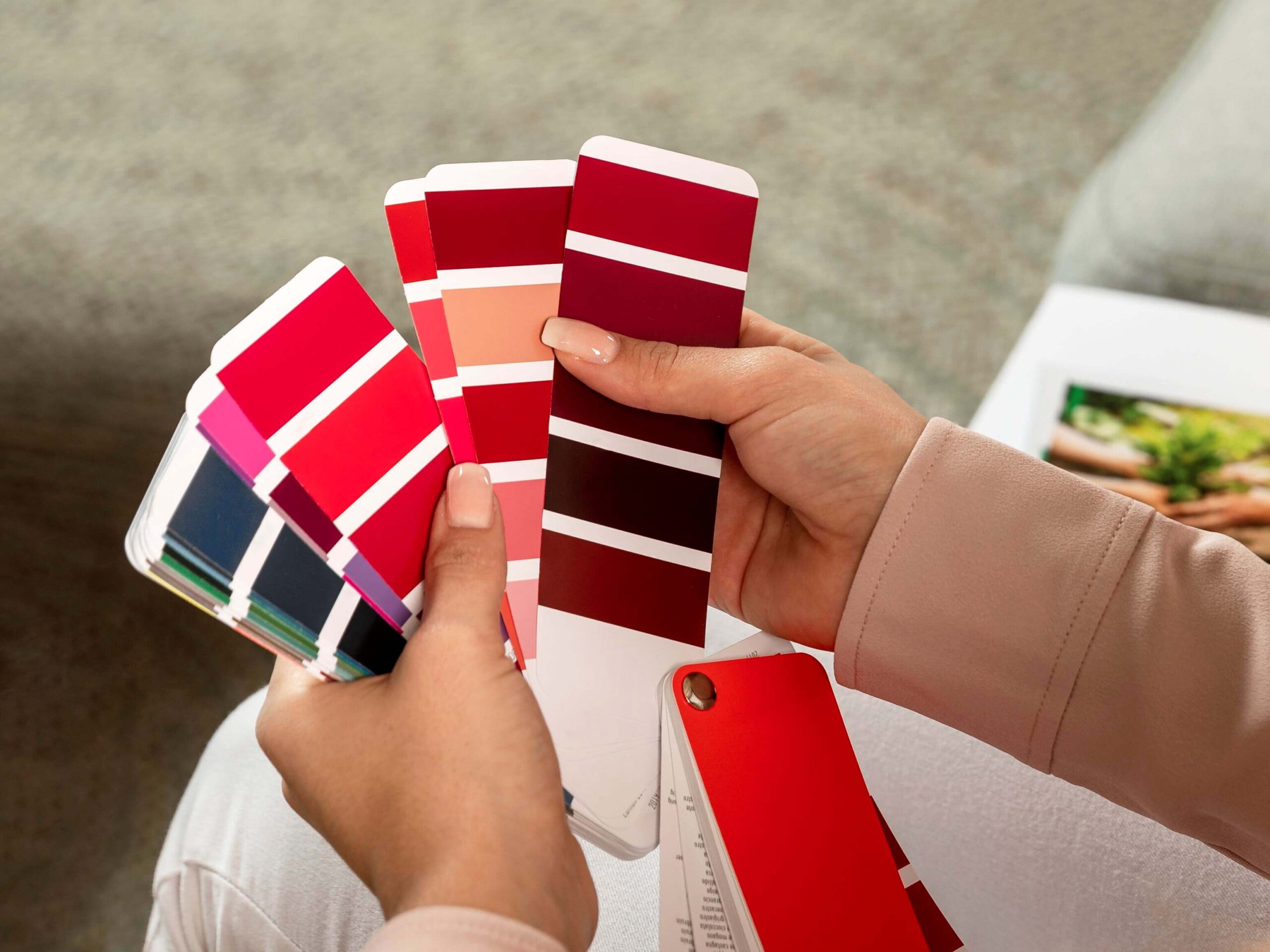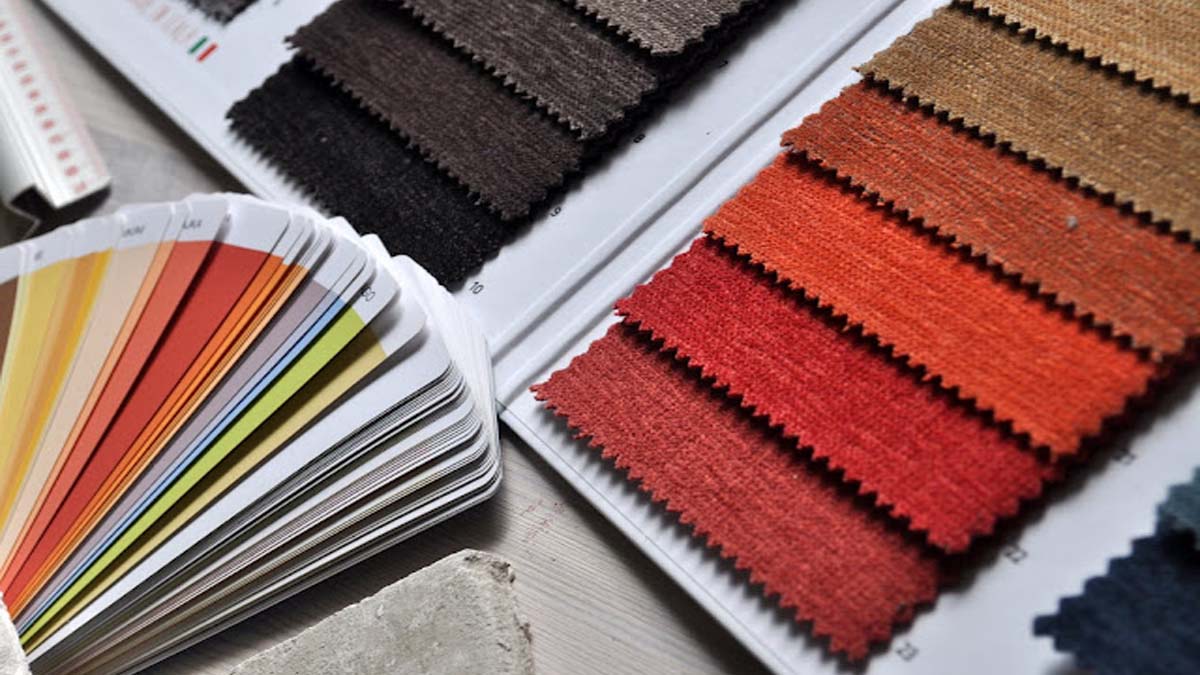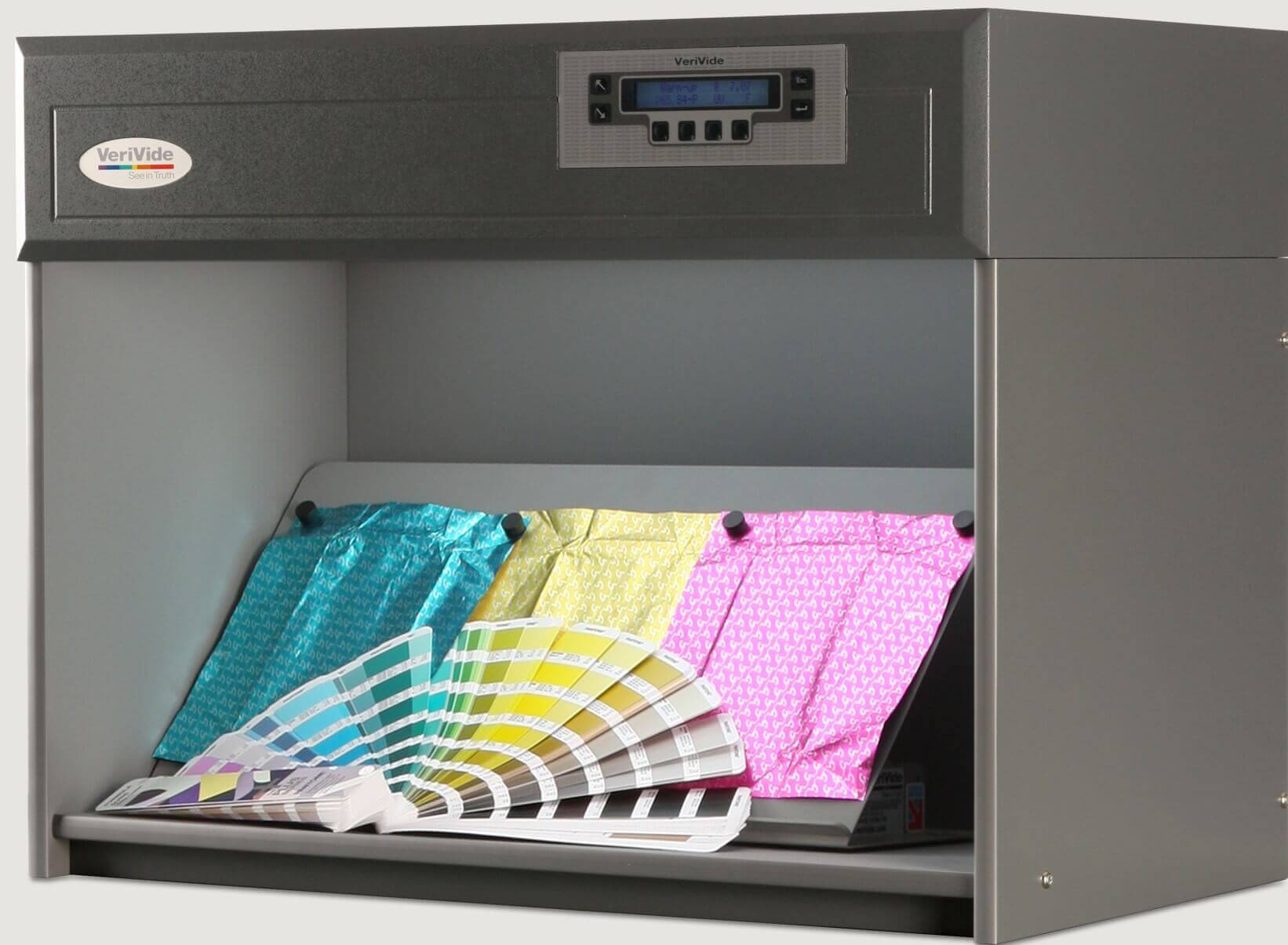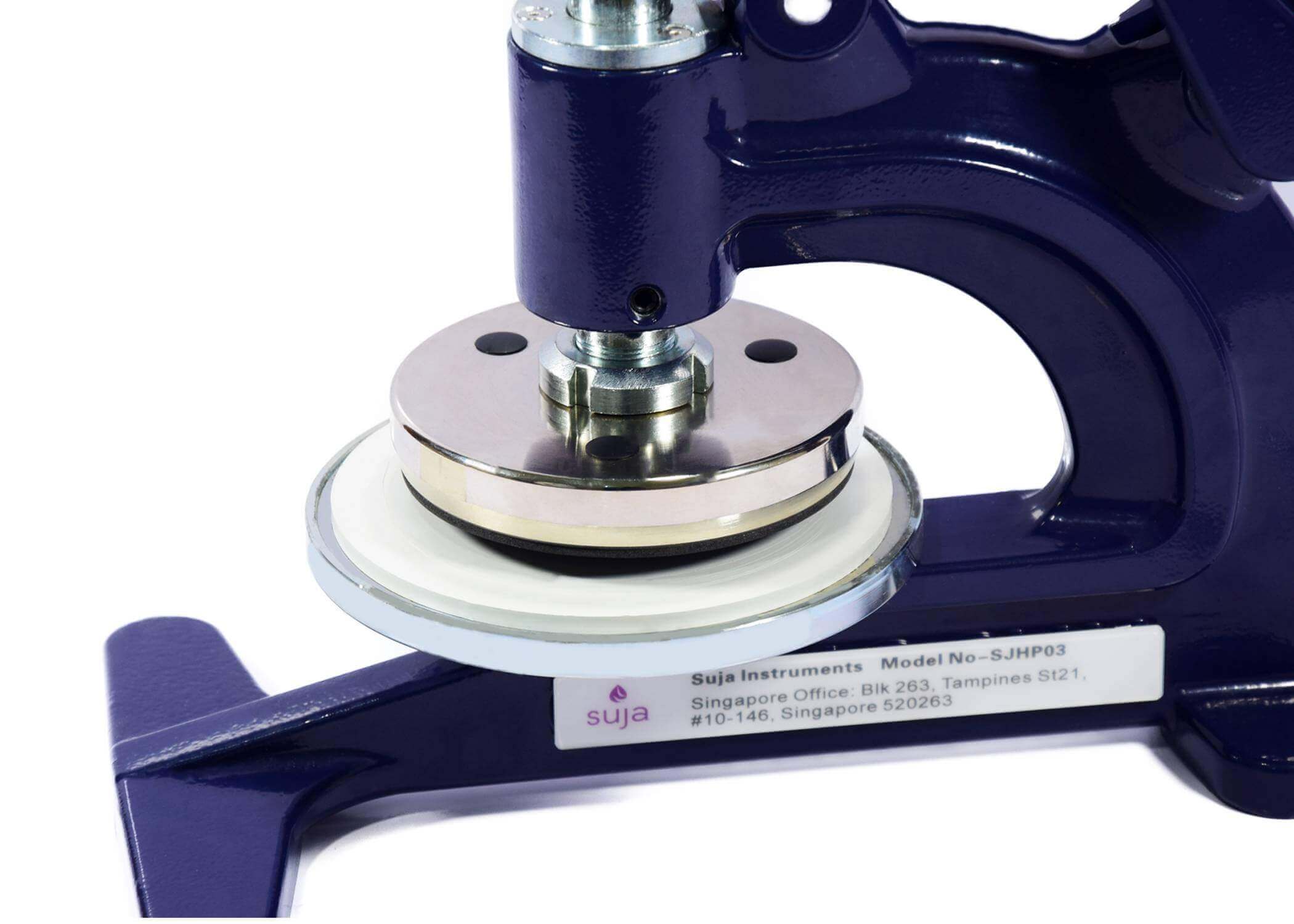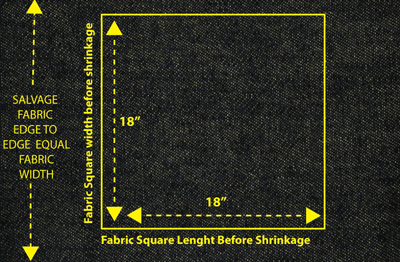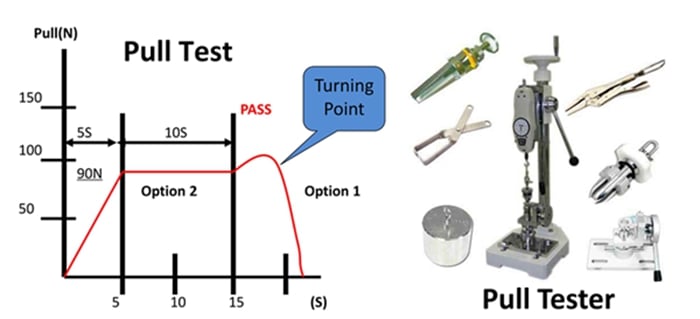Chemical Tests:
- Color fastness to chlorine & non-chlorine bleach
- Nickel spot test
- Color fastness to washing
- Dimensional Stability to Washing
- Appearance after Laundering
- Washing fastness test
- Chlorine Bleaching
- Wicking test
- Flammability test
- Zipper strength
- Slider pull off strength, puller attachment strength test







